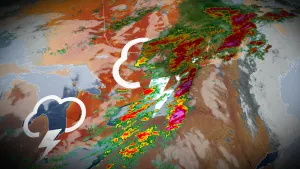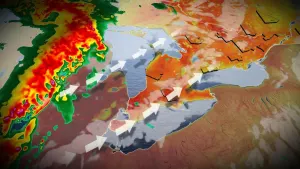
Ever wonder why there are so few insects in the ocean?
Insects are everywhere on land - but in the sea, it's a different story.
Our planet is home to about 10 quintillion insects. That's a 10 - followed by eighteen zeros.
On land, they are the superheroes of the animal kingdom, with the highest biomass. They play an important role in our global ecosystem - assisting with decomposition, pollination, and keeping the soil healthy.
But when it comes to the ocean, insects are rare.
Ever wonder why?
So has a team of scientists from Tokyo Metropolitan University, and they may have found the answer.
The findings are documented in a study appearing in the journal Physiological Entymology.
With the help of cutting-edge molecular phylogenetics, the scientists uncovered a connection between crustaceans and insects, which are part of the same family, Pancrustacea.
They discovered a chemical mechanism that sets insects apart from their marine cousins, giving them an advantage on land while posing challenges in the sea.
Insects and crustaceans share a feature—a protective exoskeleton. But when insects left the sea to explore the land, they evolved a game-changing gene called multicopper oxidase-2, or MCO2.
When exposed to molecular oxygen, this gene creates a reaction that hardens cuticle into a lightweight, hardened shield - kind of like a coat of arms.
Because it's so lightweight, it also helps them climb, glide, and fly - virtual superpowers that allowed insects to explore new parts of the world and fill in gaps in the global ecosystem.
The research team even goes so far as to say the gene is the defining feature of insects, and without MCO2, they wouldn't exist.
Under the sea, where there is far less oxygen, crustaceans use calcium from seawater to harden their shells.
So now, the land is more suitable for insects because of the abundance of oxygen.
Researchers say the journey from sea to land, guided by the power of cuticle hardening, will provide a greater understanding of insect evolution.
Related: Let's flip the switch on how we think about our tiny neighbours
Thumbnail image: File photo/ Canadian Wildlife Federation










